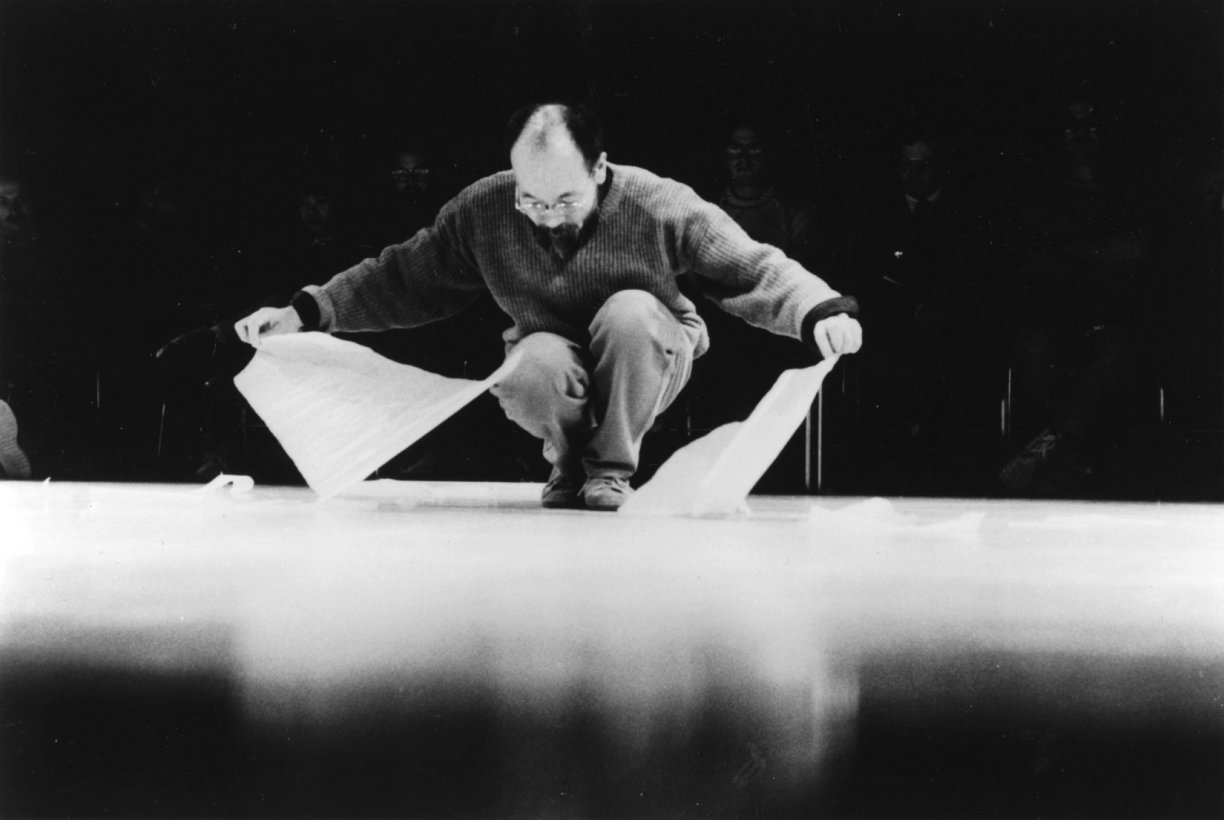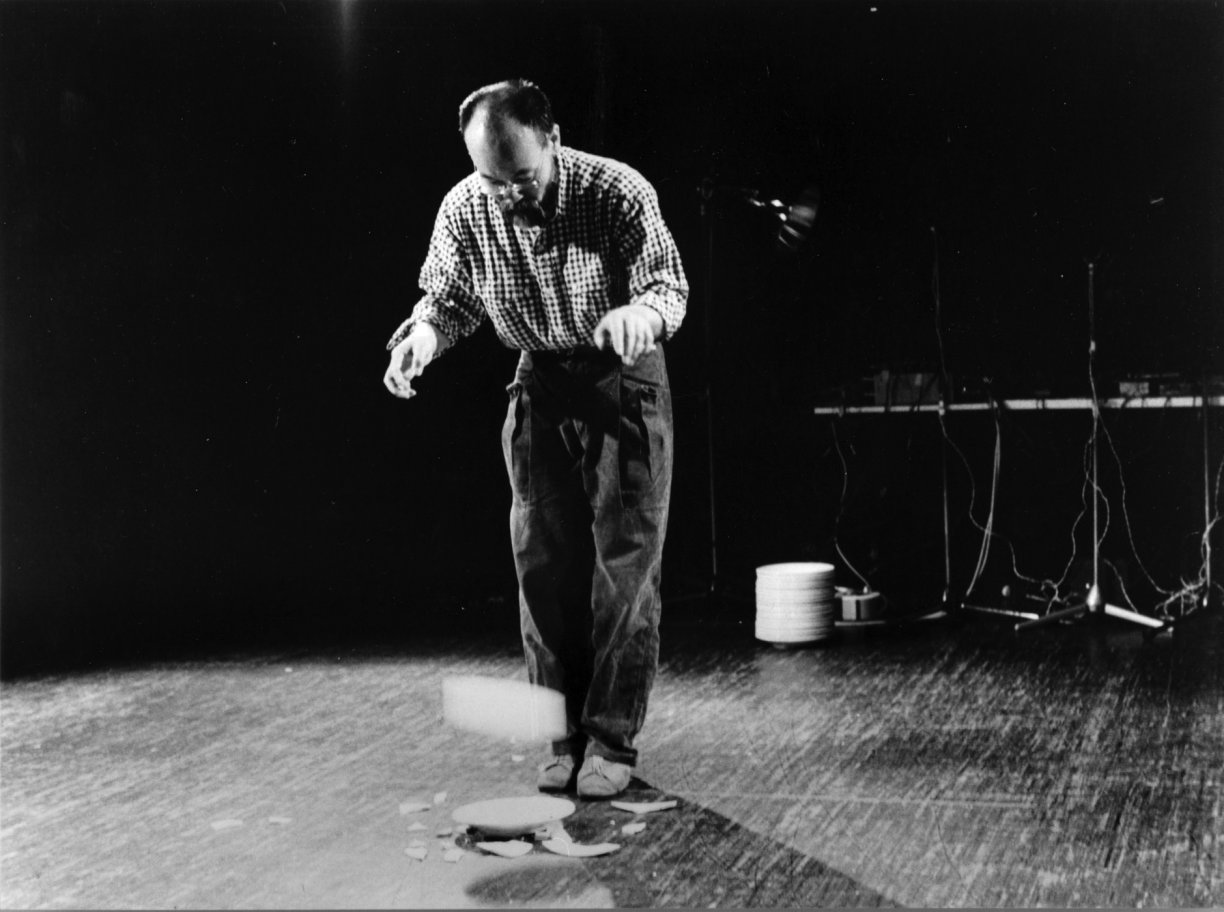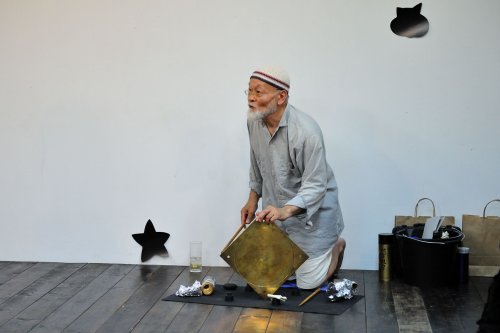“Sound, which had been conceptually imprisoned in various spaces, is freed to circle the world.”— Akio Suzuki
Pioneering Japanese sound artist Akio Suzuki has created improvised and transitory performances since the 1960s, investigating the acoustic qualities of selected locations. His intensive involvement with the phenomena of pulse and echo led him to develop his own instruments, many of which employ quotidian and modest objects. In 1978, during a 40-day run of performances in Paris, Suzuki adapted his process to accommodate ever-changing materials, acquiring new sound-making materials daily from the home goods section of the La Samaritaine department store. He adopted the title Conceptual Soundwork for this rule-based series of works, in which he replaced his existing instruments with found materials. Akio Suzuki presents four pieces from the Conceptual Soundwork series in an acoustic solo performance Friday, March 18th, 8pm at ISSUE Project Room's 22 Boerum Place theater.
Following initial phase of renovations on ISSUE's downtown Brooklyn theater, the organization returns home in Spring 2016 for a special series of performances utilizing the unique acoustic properties of the space before the final stage of construction begins.
Program
"Using Papers" (1978)
"Dinner Plates" (1979)
"Spiral Sound" (1979)
"Performance Book" (1977)”Performance Book” was selected by John Cage for "SOUND ON PAPER Music Notation in Japan" exhibition in New York in 1981, where, Akio performed the piece at the exhibition opening.
Organized by Lawrence Kumpf.
Akio Suzuki is known as a pioneer of sound art, but the breadth of his activities and the form of his works far exceeds the boundaries of the genre. It is perhaps more as a “quester after sound and space” that he has received the most attention from artists in many fields. Suzuki’s journey as an artist began in 1963 with a performance at Nagoya station, in which he threw a bucket full of junk down a staircase. The inspiration behind this performance— the idea that if one were to hurl an object down a well-balanced stairway, a pleasant rhythm might be the result— took the desire to “listen” as its subject. That desire to hear, to listen has remained the one constant in Suzuki’s stance as an artist. During the sixties, Suzuki’s sense of playfulness led him to undertake a series of Self-Study Events, where he explored the processes of “throwing” and “following”, taking the natural world as his collaborator. The experiences he gained in these events led him in the seventies to invent an echo instrument he named Analapos. The instrument’s structure resembles that of two mirrors facing each other, reflecting into infinity. This space leads the artist to discover a new method of listening. Suzuki has been also active in the improvised music scenes in different continents, and has collaborated with Aki Onda, Takehisa Kosugi, Derek Bailey, Steve Lacy, George Lewis, David Toop, and John Butcher.
This program coincides with “pa chin ko,” a solo exhibition of new works by Akio Suzuki based on the Japanese recreational arcade game, on view from March 23 - May 8 at Southfirst gallery, Brooklyn.



